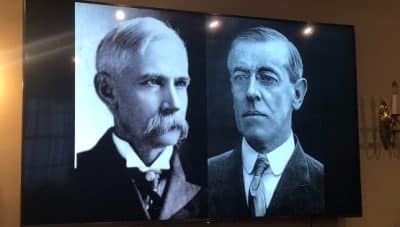
In looking at the details of the report, the biggest problem with eligibility determination occurs where the caseload is highest. In Loudoun County, for example, an eligibility worker is responsible for 1,221 cases; in Chesterfield County near Richmond each eligibility worker is responsible for 1,230 cases. It should be no surprise that with such limited staffing and a changing system there would be delays and errors. Measured against federal standards, Virginia’s error rate of 0.5 percent in approving Medicaid eligibility was far lower than the national average of 3.3 percent in 2012. Even with the changing standards, the current rate at 2.7 percent is less than the national average.
In 2014, 1.2 million Virginians received Medicaid benefits. Only certain categories of Virginians are eligible for Medicaid. They must fall into one of five primary eligibility categories–children under age 19, parents or legal guardians of a dependent child, pregnant women, persons aged 65 or older, or disabled or blind–and they must have income below the appropriate percentage of the federal poverty level for their eligibility category. Over half of those enrolled in 2014 were children and nearly half of the $7.9 billion in payments went to those who are disabled or blind.
As the JLARC report found, “the eligibility determination process is complex and involves multiple federal, state, and local agencies.” While the goal may be to have no errors, the level of performance in Virginia is much better than the national average and is quite remarkable considering the kind of change the program is currently undergoing. The JLARC report concluded that “the state may have spent between $21 million and $38 million on individuals no longer eligible,” or less than 0.5 percent at a maximum.
No estimate is offered for the cost to the recommended remedies, but certainly they will exceed the cost of the perceived problem–fraud and waste. In addition to costs, the proposed solution opens up a myriad of large data bases on personal finances, real estate holdings, and employment that the General Assembly may not wish to make available to state agencies. The report has no mention of the amount the state will recover; nor does it mention in the case of fraud that the Attorney General’s Medicaid fraud unit was found in 2013 to be the best in the country.
Opponents of closing the coverage gap for an estimated 400,000 working Virginians will no doubt nitpick the latest report and use it as an excuse for not taking action. Such a misuse of information will be felt by the neediest of Virginians.
Ken Plum is a member of the Virginia House of Delegates.










